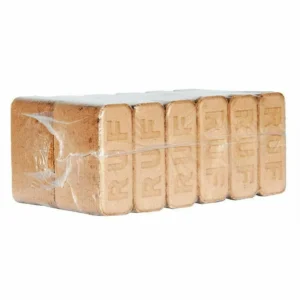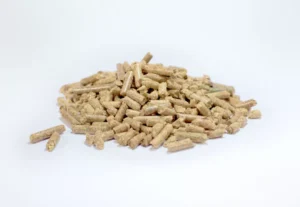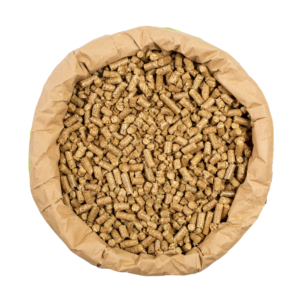€319.00
- Quality: DIN
- Diameter (mm): 6,8,10,14 mm
- Ash (%): ≤ 1.0% max 3%
- Moisture (%): ≤ 12
- Packaging: 15 kg, 16 kg, 25 kg, 40 kg, Big Bags, Loose
- Length (mm): 3,15 ≤ L ≤ 40
- The heat of combustion (MJ / kg): ≥ 17,5
- Bulk density (kg/m3): ≥ 700-750
DIN Peat For Heating are easy, environmentally friendly, and provide significantly more energy for the same price. Raw peat, a degraded biomass of wood and herbaceous species, is used to make peat pellets. Peat bogs act as large compost sinks, accumulating millions of tons of biomass over generations. DIN Peat For Heating is a popular energy source in Finland, accounting for more than 20% of total energy use. Peat has long been overlooked as a viable fuel source due to its greater production costs when compared to coal, oil, or natural gas. However, rising energy prices in recent years have altered the outlook for peat, making it a more affordable energy source.
DIN Peat For Heating has always been recognized as a heavy ash fuel. However, this is not always the case. The peat we utilize for pellet manufacture has an extraordinarily low ash level and is found primarily in the Baltics and Northwest Russia. The fundamental benefit of peat is its nearly consistent and predictable composition, excellent combustion properties, and big scale potential with good pricing forecast.
DIN Peat-for Heating
- Quality: DIN
- Diameter (mm): 6,8,10,14 mm
- Ash (%): ≤ 1.0% max 3%
- Moisture (%): ≤ 12
- Packaging: 15 kg, 16 kg, 25 kg, 40 kg, Big Bags, Loose
- Length (mm): 3,15 ≤ L ≤ 40
- The heat of combustion (MJ / kg): ≥ 17,5
- Bulk density (kg/m3): ≥ 700-750
Pellet fuels (or pellets) are a type of solid fuel made from compressed organic material. Pellets can be made from any one of five general categories of biomass: industrial waste and co-products, food waste, agricultural residues, energy crops, and untreated lumber. Wood pellets are the most common type of pellet fuel and are generally made from compacted sawdust and related industrial wastes from the milling of lumber, manufacture of wood products and furniture, and construction.
Other industrial waste sources include empty fruit bunches, palm kernel shells, coconut shells, and tree tops and branches discarded during logging operations. So-called “black pellets” are made of biomass, refined to resemble hard coal and were developed to be used in existing coal-fired power plants. Pellets are categorized by their heating value, moisture and ash content, and dimensions. They can be used as fuels for power generation, commercial or residential heating, and cooking.











Reviews
There are no reviews yet.